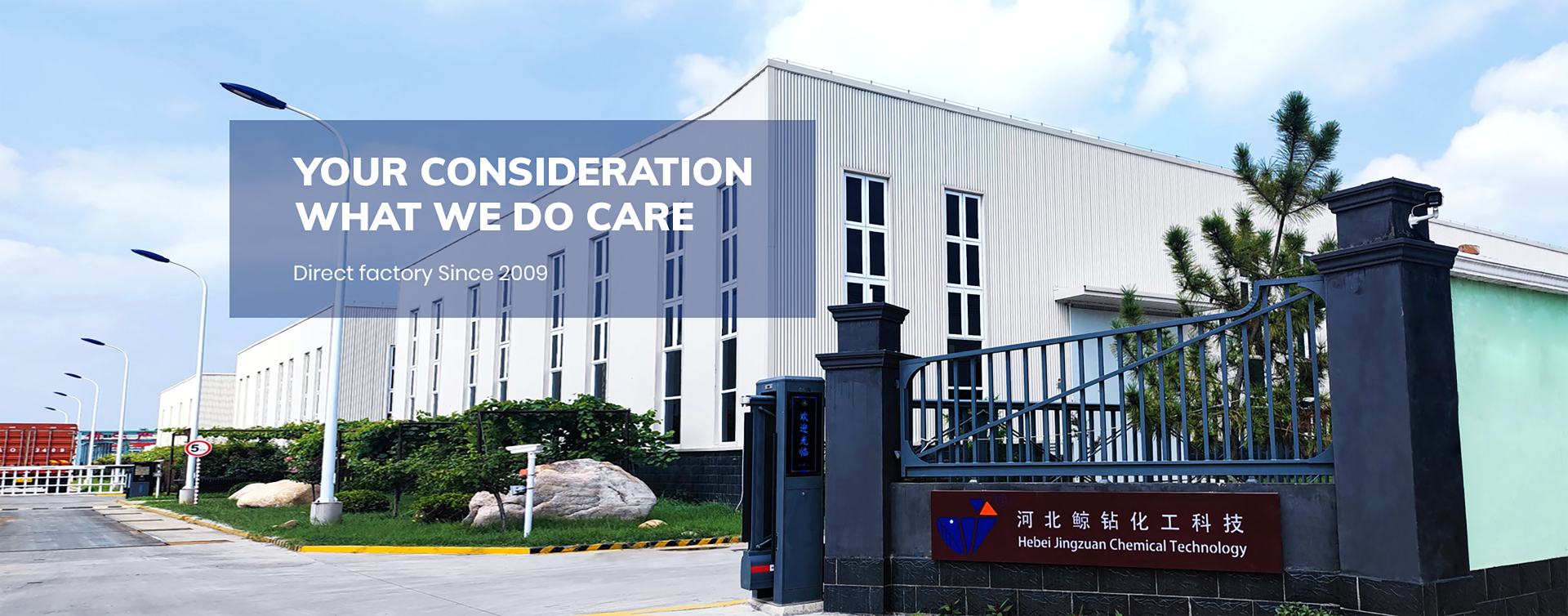
Aug . 17, 2024 11:16 Back to list
Chemical Composition and Structural Analysis of Hydroxypropyl Methylcellulose HPMC
Chemical Structure of Hydroxypropyl Methylcellulose (HPMC)
Hydroxypropyl Methylcellulose (HPMC) is a semi-synthetic polymer derived from cellulose, a naturally occurring polysaccharide found in plant cell walls. Due to its unique properties, HPMC has gained significant traction in various industries, particularly in pharmaceuticals, food, and construction. Understanding its chemical structure is essential for appreciating how it functions in these applications.
Chemical Structure of Hydroxypropyl Methylcellulose (HPMC)
The methylation process involves the substitution of hydroxyl (-OH) groups on the cellulose chain with methyl (-OCH₃) groups, which enhances the hydrophobic characteristics of the polymer. This substitution plays a critical role in determining the solubility and viscosity of HPMC in various solvents. The degree of substitution, which refers to the average number of hydroxyl groups replaced by methyl groups, greatly influences the properties of HPMC, such as its thickening ability and gel formation capacity.
chemical structure of hpmc

On the other hand, hydroxypropylation introduces hydroxypropyl groups (-OCH(CH₃)₂) into the cellulose structure. This modification occurs through the reaction of cellulose with propylene oxide or other similar reagents. Hydroxypropyl groups increase the solubility of HPMC in water and organic solvents, making it an excellent choice for a wide range of applications. The degree of hydroxypropyl substitution can vary, and controlling this parameter allows manufacturers to tailor the properties of HPMC for specific uses.
In summary, the chemical structure of HPMC is characterized by a cellulose backbone modified by both methyl and hydroxypropyl substitutions. The balance and degree of these substitutions dictate its solubility, viscosity, and other functional properties. As a result, HPMC can be formulated for diverse applications—from pharmaceutical formulations, where it serves as a binding and film-forming agent, to the food industry, where it acts as a thickener and stabilizer, and even in construction materials as a water-retaining agent in mortars and plasters.
The unique chemical structure of HPMC not only gives it versatility but also contributes to its safety profile, as it is considered non-toxic and biodegradable. This characteristic makes it increasingly popular in today's environmentally conscious market.
In conclusion, the understanding of Hydroxypropyl Methylcellulose's chemical structure reveals its success as a multifunctional ingredient across various industries. By manipulating the degree of methylation and hydroxypropylation, manufacturers can optimize HPMC’s properties for specific applications, ensuring that it meets the performance requirements while also adhering to safety and environmental standards. Thus, HPMC represents a significant advancement in polymer science, blending functionality with safety in an ever-evolving landscape of material usage.
-
Unlocking the Benefits of HPMC Products: A Gateway to Versatile Applications
NewsAug.07,2025
-
Unleashing the Potential of HPMC Ashland: A Comprehensive Look
NewsAug.07,2025
-
Tile Bonding Cellulose: The Key to Superior Adhesion and Durability
NewsAug.07,2025
-
Hydroxypropyl Methylcellulose Powder: The Versatile Component in Modern Pharmaceuticals
NewsAug.07,2025
-
Hydroxyethyl Cellulose: The Versatile Solution for Various Industries
NewsAug.07,2025
-
Hydroxyethyl Cellulose (HEC): The Versatile Polymer for Various Applications
NewsAug.07,2025







